On June 27 (Vietnam time), The New York Times reported that Dr. John Goodenough, widely credited with creating the lithium-ion battery, passed away at the age of 100.
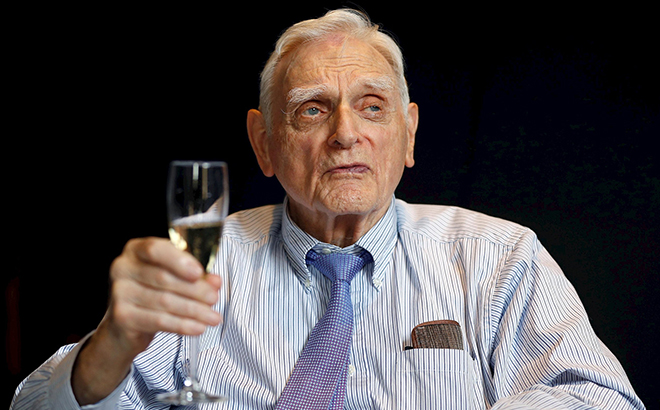 |
Dr. John Goodenough. |
Although he is not often mentioned in the media, Dr. John Goodenough has made great contributions to the popularization of smartphones, laptops, and electric cars/motorbikes as they are today. He was awarded the Nobel Prize in Chemistry in 2019 and the US National Medal of Science in 2011, along with many other prestigious awards.
Many researchers had explored lithium-based battery technology before, such as Stanley Whittingham’s discovery of combining lithium with titanium disulfide. However, it was Dr. John Goodenough who took the lithium battery to the next level in 1980 while he was at Oxford University. Goodenough was the one who came up with the idea of using multiple layers of lithium and cobalt oxide as the cathode, which allowed for higher voltages and significantly improved safety. The new design also allowed for much higher battery capacity than before.
While working at the Massachusetts Institute of Technology (MIT) in the 1950s and 1960s, he was also a pioneer in the research behind RAM, the random access memory found in every modern electronic product.
Throughout his career, Dr. John Goodenough has regularly shared his patents with his colleagues. At the age of 90, he has not stopped researching. Just a few years ago, he was in the process of researching next-generation battery technology with significantly improved performance.
(According to HNMO)

Throw Flame, a US-based flamethrower company, recently introduced the world's first flamethrower-equipped robot dog.

British researchers have found a human gene that can stop most strains of bird flu virus from infecting humans.
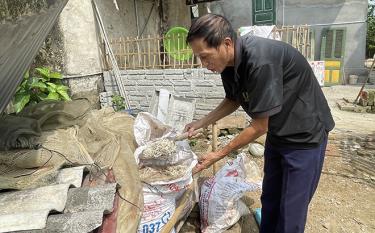
Mr. An Van Dao's house - Secretary of the Ngoi Sen village Party cell, Van Phu commune, Yen Bai city has been growing high-yield hybrid cassava for poultry feed for many years. He said that in 2022, with 3 sao of garden land, he was able to grow nearly 1,000 cassava roots, earning about 3.5 tons of fresh cassava roots.
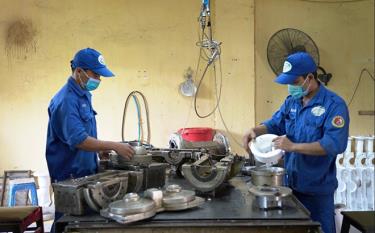
In recent years, scientific research has truly become an important bridge connecting research institutes, universities with agencies, units, businesses, and people to transform research results into production and business practices as well as professional activities. Many tasks after completion have been widely disseminated and applied in practice, bringing about practical results.
Source link






![[Photo] National conference to disseminate and implement Resolution No. 66-NQ/TW and Resolution No. 68-NQ/TW of the Politburo](https://vphoto.vietnam.vn/thumb/1200x675/vietnam/resource/IMAGE/2025/5/18/adf666b9303a4213998b395b05234b6a)
![[Photo] General Secretary To Lam visits exhibition of achievements in private economic development](https://vphoto.vietnam.vn/thumb/1200x675/vietnam/resource/IMAGE/2025/5/18/1809dc545f214a86911fe2d2d0fde2e8)



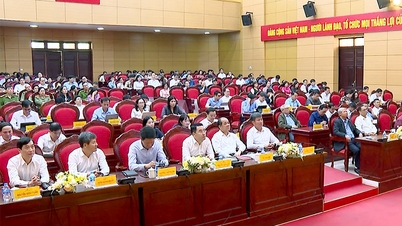


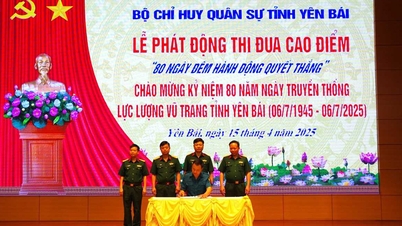




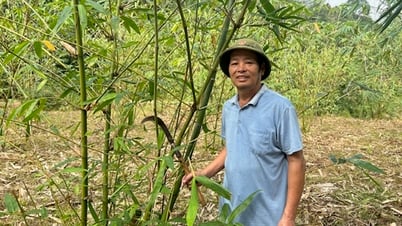






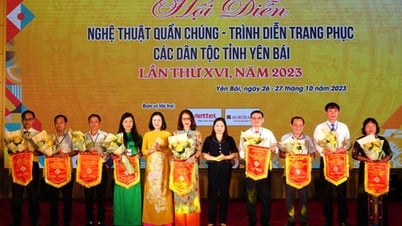

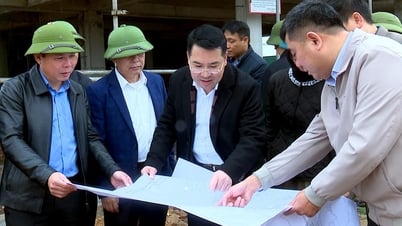

















































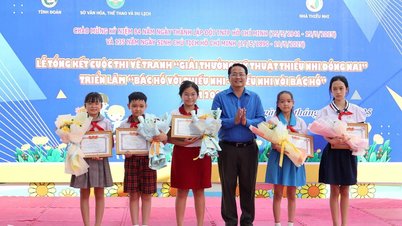

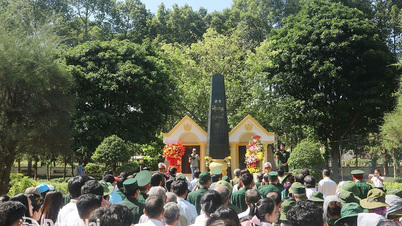















Comment (0)